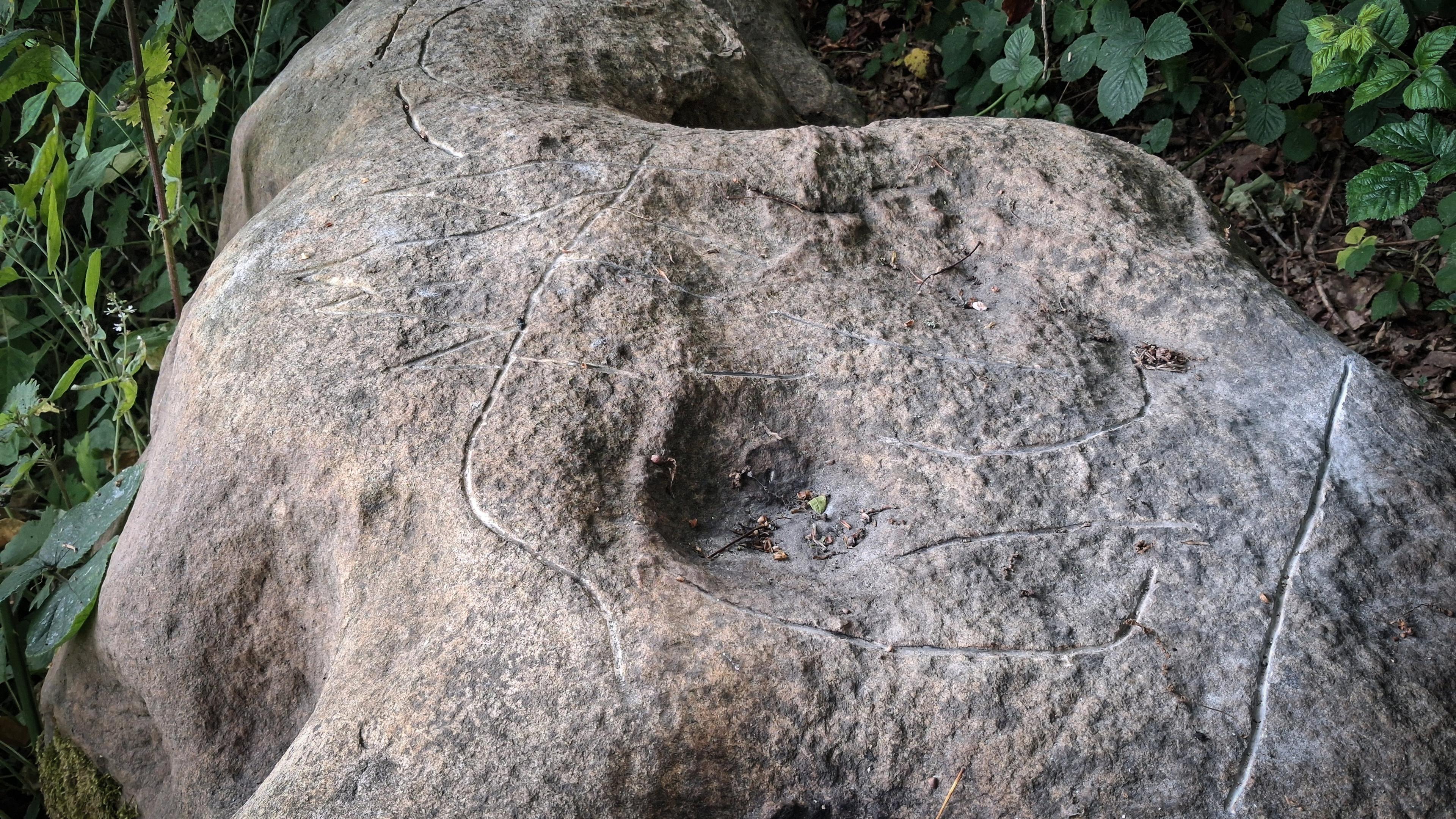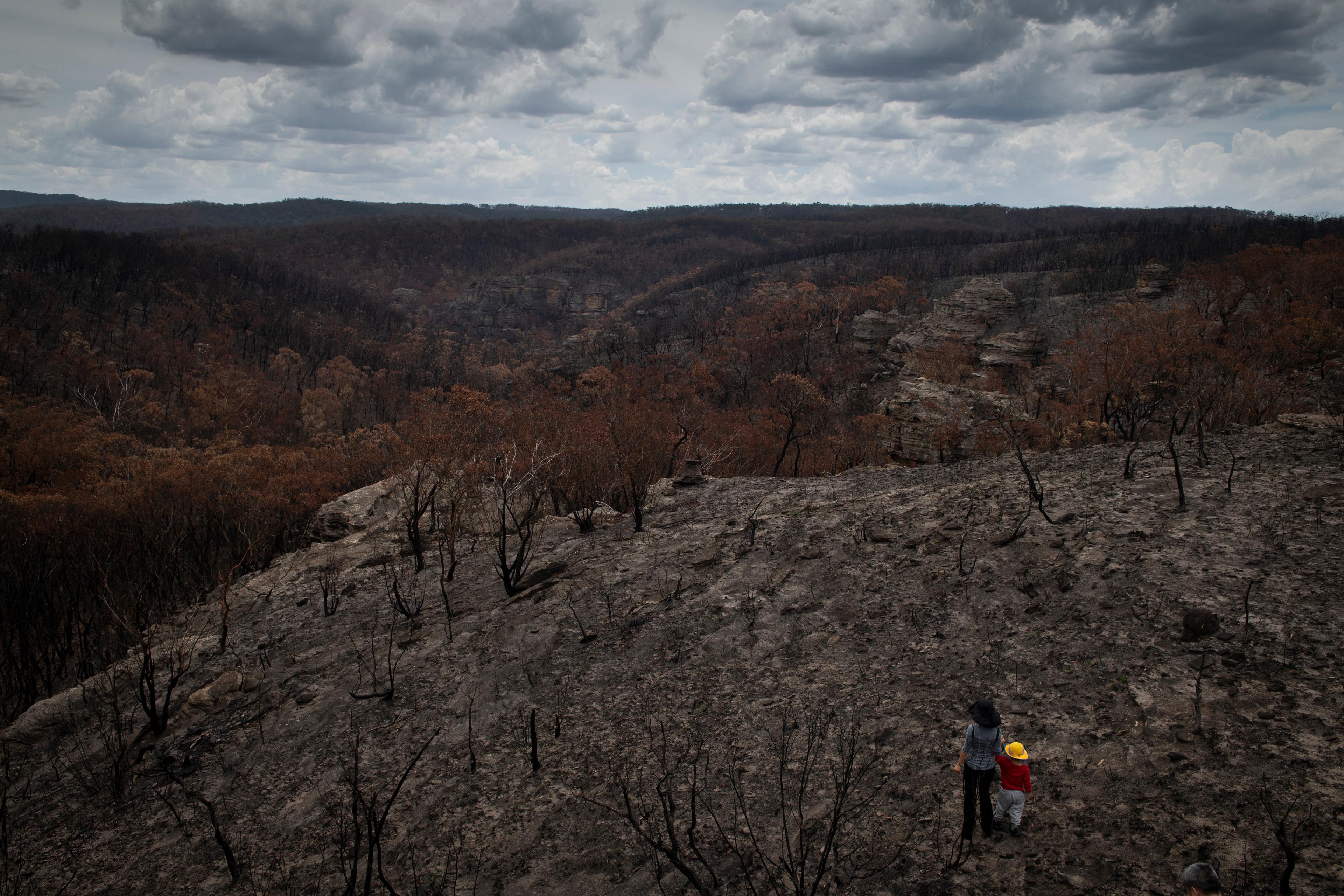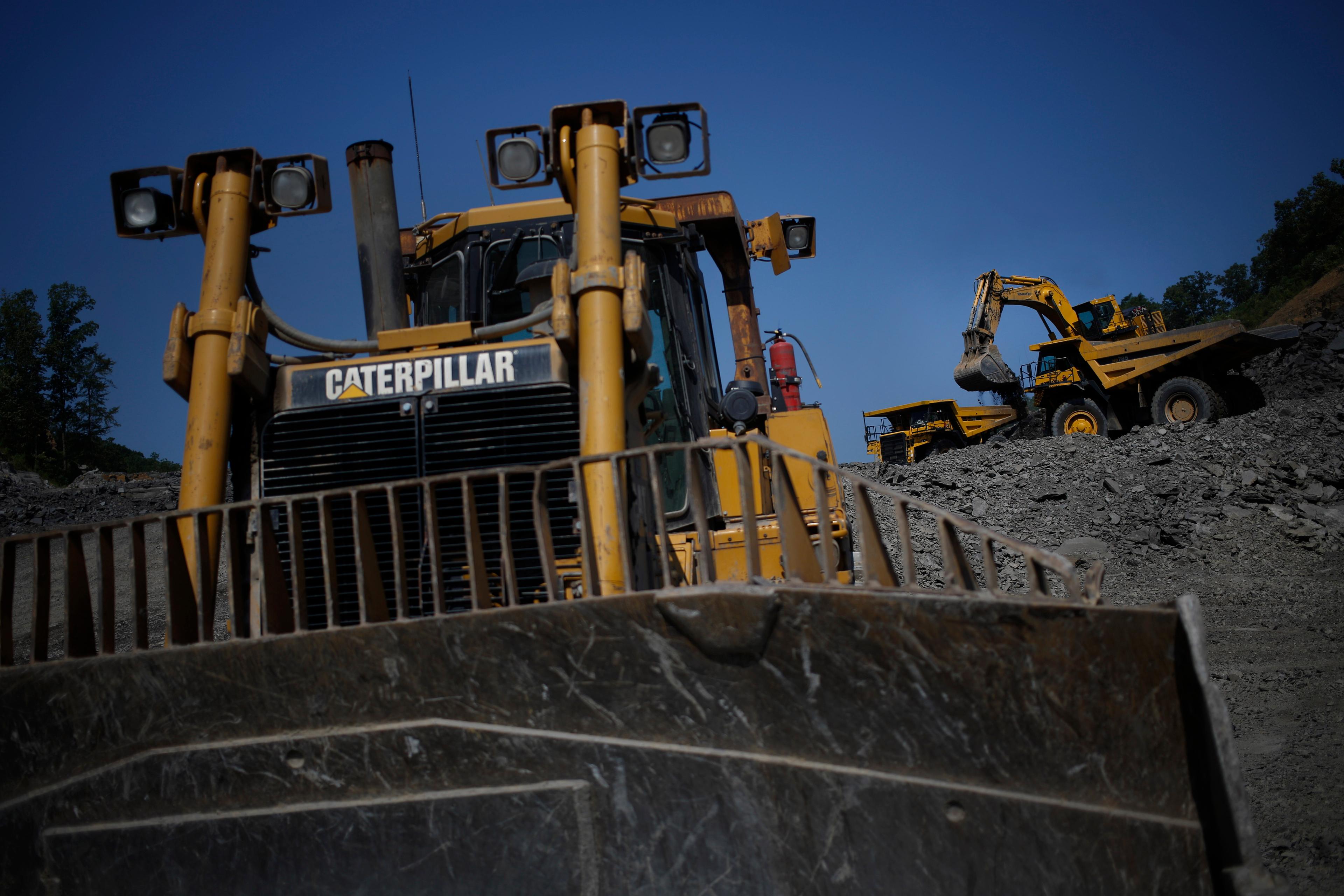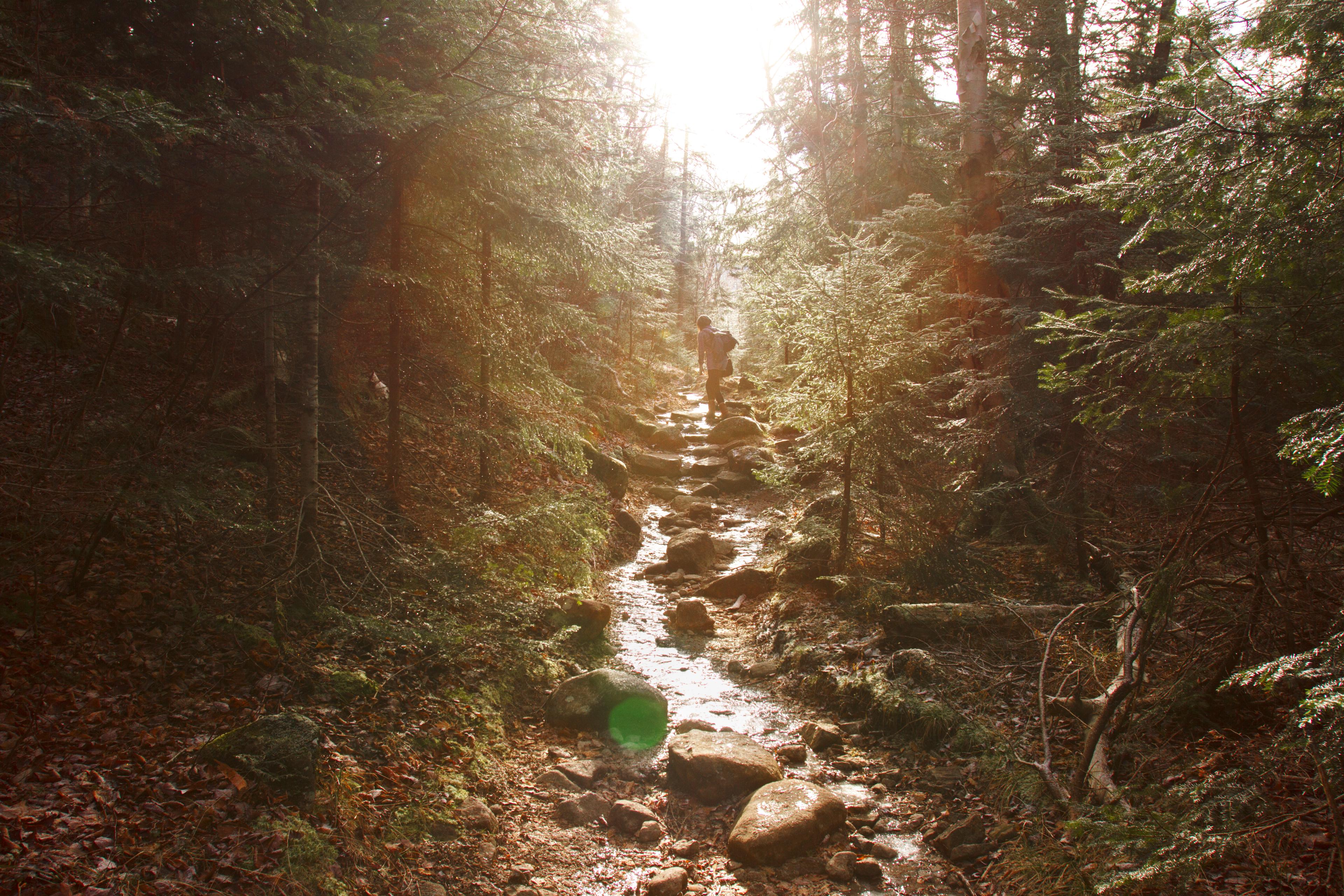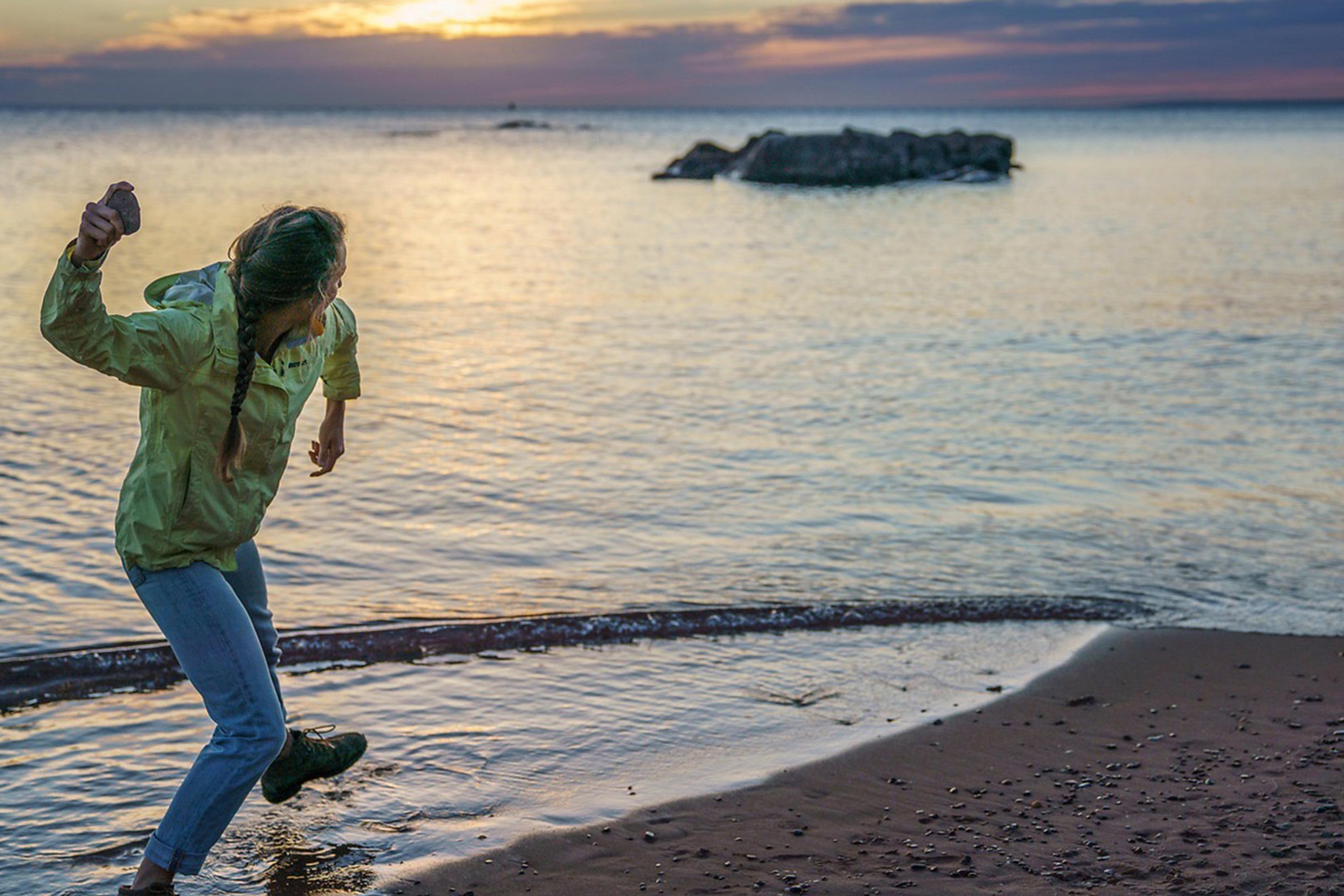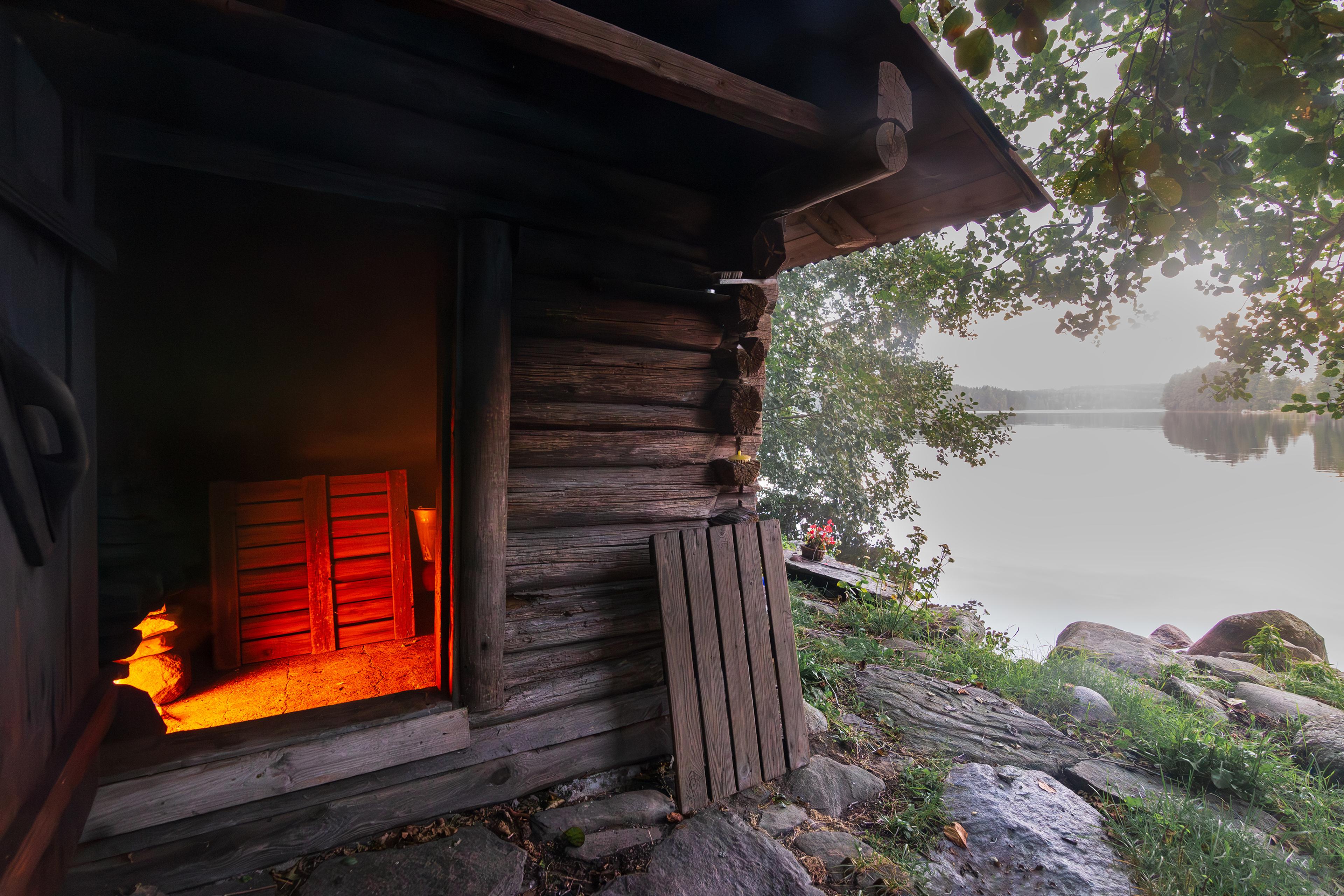Sixteen years ago, in the far north of Norway, just past a bus stop in the town of Alta and down a series of ramps to the edge of a fjord, I found one of the world’s finest displays of rock art. I’d heard about it three years earlier from a friend I met on a walking trip. She was Sámi, one of the Indigenous peoples from northernmost Europe, and my guide. In many days of trekking across the forests of central Sweden, she told me of her people, whose ancestors herded reindeer, fished the coasts, and moved with the seasons through the tundra and woods.
Upon my return to England, I chose Sámi visual culture as my subject at university and learnt more about the rock art fields of Alta: thousands of carvings and paintings, also known as petroglyphs and pictographs, made during the late Stone Age and through the Metal Ages, spanning nearly five millennia. Standing before them three years later, I felt moved in a way no image on a screen or in a book had ever moved me. Huge slabs of sliced stone tilted into the clear waters; etched into them was the story of a people. The raw power of that art transmitting its message across thousands of years – of living on the land I was standing on, by the waters in front of me – has never left me.

Rock art at Alta, Norway. Courtesy Wikipedia
The world seems darker now than it did in 2009, when I first saw the petroglyphs at Alta. As an artist, I felt compelled to produce something, to fight this feeling of our world succumbing to a new dark age – or as a testament to how it was for those to come. Art has always been a way for me to connect with the land. For a long time, this meant drawing and painting in the Romantic tradition, sitting in the hills and on the coast of Kent in southeast England, trying to capture the feeling of the place. But the more I studied Indigenous art, of Sámi and other Arctic peoples from Asia and North America, the more I felt that the mediums I had been using till now were failing me, that I wasn’t going far enough. I began to be pulled towards the ideas of other artists: the English sculptor and land artist Richard Long, for instance, who had also explored the area around me. His footprints were his art, the repetitive marks a way of interacting directly with the landscape.
On reflection, the idea of making a new petroglyph seems obvious to me. In 2023, I set to work on one, first thinking through how I would do so. Much of the art in Alta was made more than 6,000 years ago, and its visual language – short cut marks arranged in a series of patterns, some abstract, some pictorial – is unique to the Sámi. (Later, its style would be used on shamanic drums and by current generations in mediums such as paint and drawing.) Using this style did not feel right to me, not only for reasons of cultural appropriation but also because this type of art is a part of the land, made from materials at hand and a reflection of its surroundings. I did not think transporting it from the Arctic to Kent would work.
Instead, I turned to my own cultural history: the rock art at the other end of Scandinavia. Before they settled in Kent, among other places, the Germanic tribe known as the Jutes were part of the ever-mixing and changing cultural blend that archaeologists categorise as the Nordic Bronze Age peoples. They made rock art at sites across southern Scandinavia, and many northern myths can be caught in utero in their carvings: the earliest versions of Thor with his hammer, for instance, as well as Odin and his spear. I decided to use this language for my work.
I felt my way into the flesh of the rock and threw myself back to another time
Where would I make the petroglyph? The North Downs, which stretch from Surrey to Dover, are a strange group of hills. Strung across their base are the post-industrial towns of north Kent, which slowly dissolve into featureless suburb, then farmland. Rising from a vast saltmarsh, the hills climb slowly. As they get higher, forests emerge between dry valleys shorn of trees and awash with wildflowers and grasses. Large blocks of sarsen, a kind of sandstone boulder fallen during time long past, lie scattered here; finding one to practise on, in the wrecked woodland at the edge of the city, was not difficult.

© Rémy Noë
I picked a design from an old painting of mine to transcribe into the rock, one based on the Germanic myth of Wayland the Smith. Enslaved by a jealous king, Wayland takes revenge by killing the king’s sons and crafting a pair of magical wings to escape. In my painting, I had tried to tell the story through geometry. This worked well transferred into a design for the petroglyph.
I decided to recreate the carved stone efforts of the older artists by using only a hammer and chisel. The first attempts were clumsy, like a lover fresh from virginity. Straight lines curved in error. The rock splintered in places; lines were made to the wrong depth. But slowly, I felt my way into the flesh of the rock and threw myself back to another time. By the end of summer, I had made an image: an abstract figure looking across a carved landscape of hill and tree. The now-marked giant stone lay placidly among the boulders and detritus of the housing estates around me. Armed with photos and drawings of this first attempt, I started to search for a more special place to work.
Atop the Downs, a network of ancient woods stretches across the hills. Tucked within is Hucking Estate – a woodland haven managed for wildlife and walkers alike. Very kindly, the Woodland Trust granted me use of a beautiful sarsen stone. This old man of the forest was prostrate along the ground, a dented and gnarled stone from when the hills were young. Before I started, I spent many days just sitting and drawing here, feeling the sadness of night and the joy of dawn, the coolness of the woods, the headiness of a bright summer day. An idea of a form to be transcribed came slowly and, with gentle caresses, I began my work.

© Rémy Noë
My plans were soon thwarted. The rock began demanding its story be told. I soon learnt that doing this type of art – in this way, with just hammer and chisel – forces you to work with the material. Where a tree root once snaked its way, my lines would follow. Three hollows in the stone transfigured themselves into the figures I’d sketched on paper. The hills and their tree-shadowed slopes jumped onto the clear face of the rock while sharp cracks became valleys, as I tried to transcribe the scene before me.
This older way of working is slow. It cannot be rushed. Summer dissolved into winter. The temperature fell, along with torrents of rain. Shivering, I would push against the rock for shelter from the wind. My lines grew shorter and bad tempered, unlike the long strokes of the summer’s work. All of this helped with my aim for the work to serve as a reflection of the place – not only a visual representation, but a record of the time I spent here.
Working like this, I realised I was becoming part of the view
The place itself seeped into my soul. Each trip up to the location became a ritual: the slow drive from my house in the small port town where I live, jammed roads fracturing into smaller lanes; the walk through the hamlet and into the woods, until the valley opened up beneath me; stolen moments between carving, waiting for the strength to flow back to my arms; watching insects go about their business and murders of crows flocking across the sky, tailed by endlessly curious magpies. Returning home each evening, I felt in two places at once. A part of me was always by the rock.

© Rémy Noë
As I carved, I thought constantly about the makers of ancient petroglyphs. I could understand them better now, why they had spent so much time labouring, on sometimes much harder rock, to produce art this way. At school, I’d sat through many lectures about the history of landscape art, how much of it was about displaying images of what you owned: property captured on canvas and displayed within grand houses, so you could flaunt even more of your possessions. During these talks, I’d often wondered why Indigenous peoples did not make ‘views’, so to speak. Now, working like this, I realised I was becoming part of the view. My fellow beings here were not humans but crows and foxes and unknown creatures scurrying in the undergrowth. These were my confidantes, the audience for my work. This is what I had been searching for.
If art reflects the ethos of a civilisation, I also wondered what our art was saying about us. Somewhere, somehow, we seem to have become an enemy of nature, of ourselves. Many beautiful objects are created and exist, but the value we place upon them seems unnatural somehow. Something as superficial as a banana duct-taped to the wall can sell for millions of pounds – what message does this transmit? Every day, I too go work a mundane job, to help society slake its insane thirst for more. Nature dies around us and we drown in needless objects produced from its plunder.
I have found some escape in a river that runs by my small town. Out on the water, I apply lessons learnt from my time making the petroglyph. The tide here is strong. Some days are pummelled by wind, others stilled by intense heat. In winter, the fog is blinding. Neither I nor my crew is master here; nature is. We must consult her on where we take our small rowing boat and for how long, watching her in case she changes her mind. When we are allowed, we bask in the beauty of the expansive marshes and the hills that rise above. Maybe if we all find new ways to pay attention, we might pull ourselves back from the brink.
